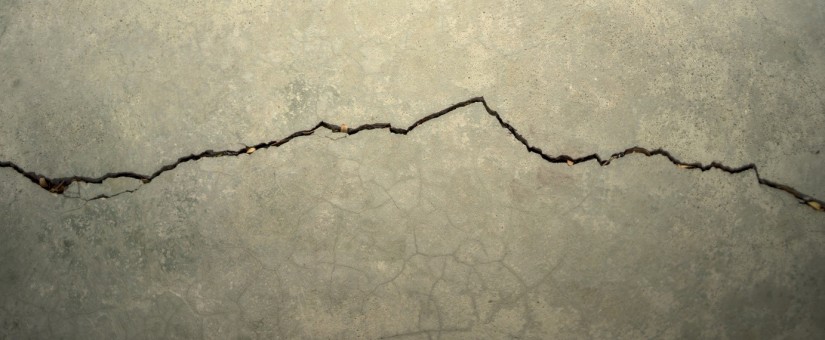Cracked Heat Exchangers: What They Are And How To Prevent Them
A cracked heat exchanger is one of the worst repairs to deal with as a home owner.
The problem is, it can sometimes be difficult to know whether or not you have one. They can often be hidden or very small, but all variations should be treated seriously.
A heat exchanger is used to exchange heat between two different liquids and/or gases. It’s meant to allow your HVAC system to run more efficiently by using by-products of the systems operations to act as a coolant or heater, depending on the system.
Problems arise when there is a crack in the exchanger because many furnaces burn one substance to create more heat, and often times there are harmful chemicals released in this process. If there is a crack in your heat exchanger chemicals such as nitrous oxide, carbon dioxide, carbon monoxide, and even just pure carbon, could be flowing through this system and out into your home. These chemicals can cause illness in small doses and even prove fatal in extreme exposure.
What to Do
Call a service technician immediately! More often than not, a cracked heat exchanger will require replacement of either the heat exchanger itself or the entire system, but it’s best to get a licenced technician to inform you on this decision.
We also highly recommend you check on your carbon monoxide detectors, they can help notify you of any potential gases leaking into your home. If you don’t have one, get one immediately as they can help protect your family and are mandatory for all homes Ontario.
How it Happens
Considering the severity of the damage that can be caused by such a small crack, you are probably wondering why it happens and how you can prevent it.
The cracks in a heat exchanger are much like the cracks you drive over every day on your city’s streets. Due to the changing seasons, roads are constantly heated up and frozen solid, as a result the road shifts in size throughout the year. When the road is hot it expands and when it is cold it shrinks and over time the material loses its ability to adjust to size changes and it cracks.
This same thing happens to your heating or cooling system.
When your HVAC system starts a cycle to heat or cool your house, these different temperature substances are constantly flowing through the heat exchanger forcing it to shrink and expand routinely. The exchanger becomes especially vulnerable to cracks when it must deal with extreme temperatures of hot or cold.
During extreme temperatures, the material of the exchanger is forced to expand or shrink that little bit more and it can eventually pass its threshold and crack to relieve pressure. So, your best way to prevent this from happening is by limiting extremes and limiting cycles that your system must perform.
The number one way we recommend you prevent extra work and stress for your system is maintenance. Scheduling regular service or signing up for an Martino Planned Maintenance Membership, will save you money on your energy bill and can help prevent part failure.
One of the most common problems that can cause these issues is air flow. Dirty filters or equipment can cause air flow problems which lead to extended cycles and wear because it’s difficult for the system to push the air to all parts of the home.
Your Martino technician can diagnose these problems to create more efficient settings for your system and identify potential air flow issues. For air flow, it could be as simple as using a different or new filter, or as sophisticated as improper duct sizes or fittings.
Click here to schedule service with Martino Heating & Air Conditioning.

